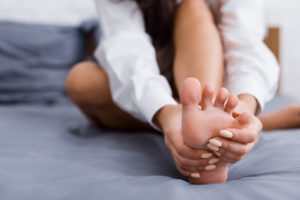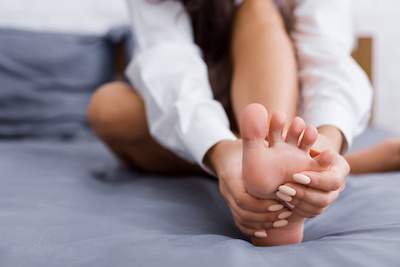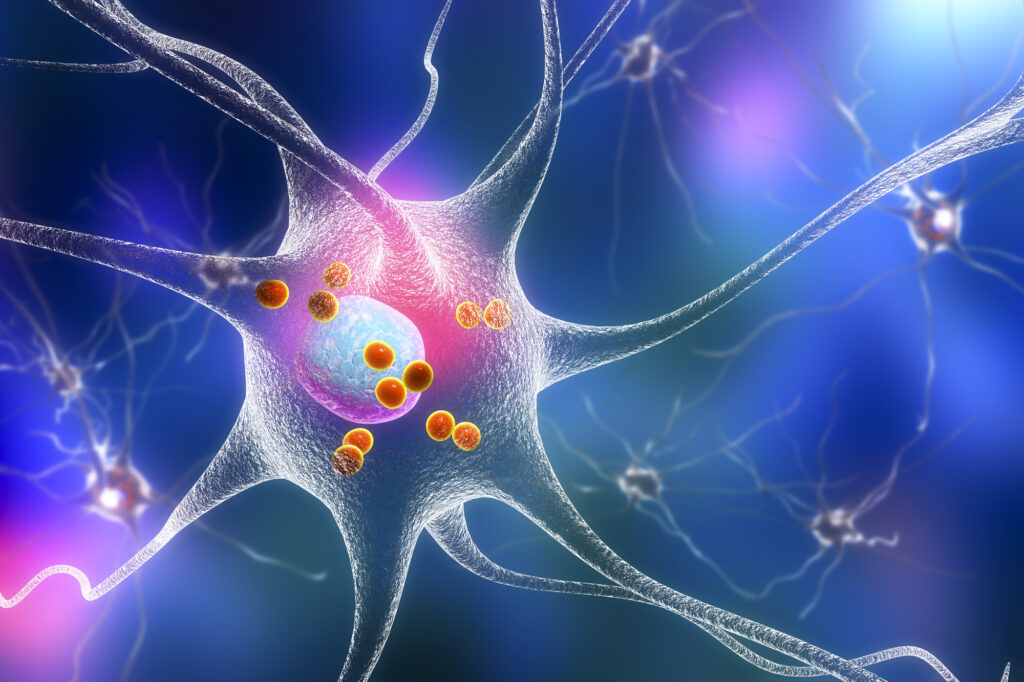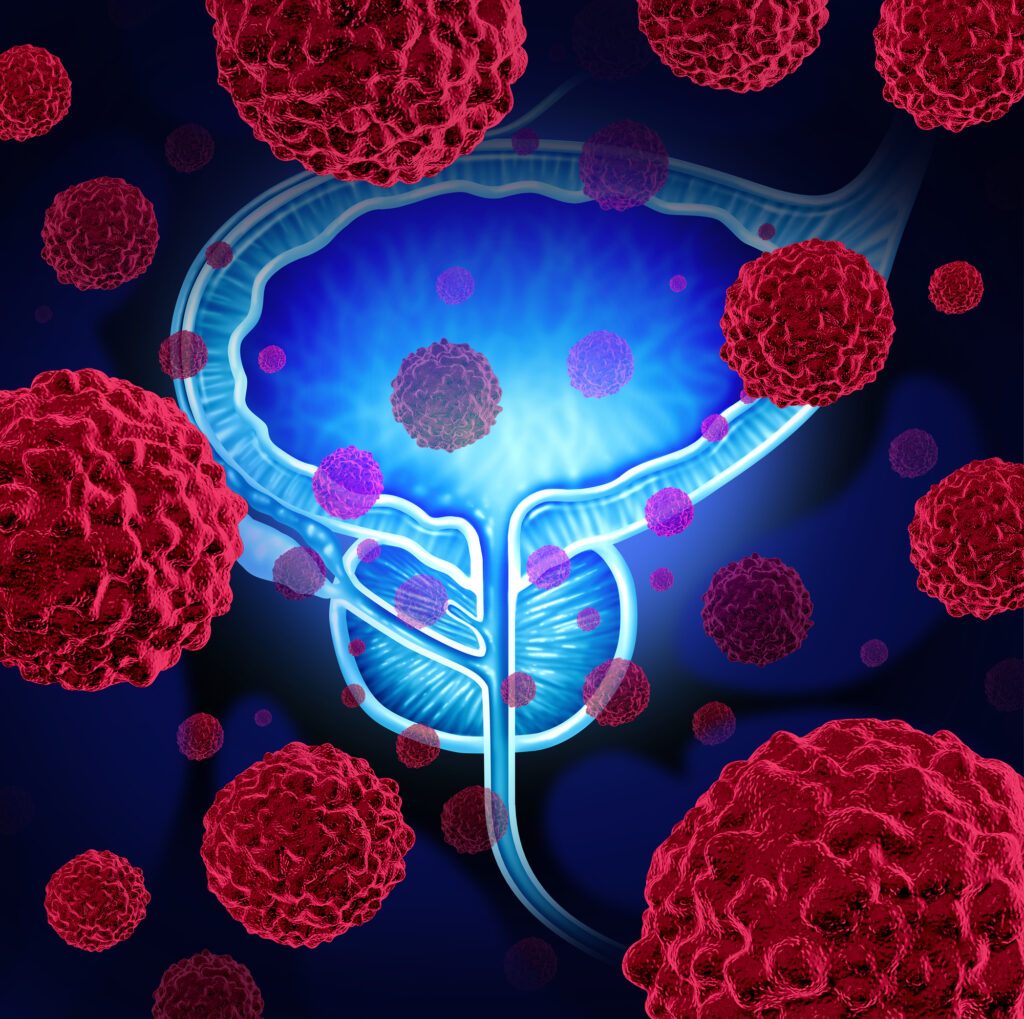This case report chronicles the treatment of a case of plantar fasciitis with acupuncture and  tuina over six clinic visits. We present to you an edited excerpt of a pre-approved manuscript, published in Journal of Acupuncture and Meridian Studies, by Jonathon Day on a case study of a 41-year-old female patient with plantar fasciitis for two months. The following case study, in which a few different acupuncture and electroacupuncture protocols were applied to treat a patient with PHP, shows that significant relief came only after the use of a protocol that included a classical yuan-luo point pair.
tuina over six clinic visits. We present to you an edited excerpt of a pre-approved manuscript, published in Journal of Acupuncture and Meridian Studies, by Jonathon Day on a case study of a 41-year-old female patient with plantar fasciitis for two months. The following case study, in which a few different acupuncture and electroacupuncture protocols were applied to treat a patient with PHP, shows that significant relief came only after the use of a protocol that included a classical yuan-luo point pair.
Plantar fasciitis, or plantar heel pain (PHP), is a painful condition that affects about one percent of the US population, but it responsible for approximately 1 million patients per year in the United States. Females are 2.5 times more likely to report plantar fasciitis than males.
As Day states in his manuscript: “Though the etiology of PHP is not well understood, repeated micro-trauma and/or increased tension to the deep plantar fascia – a supportive band of connective tissue superficial to the muscles on the plantar aspect of the foot – are possible causes. Patients will usually describe pain near the heel that is worse with the first steps of the day or after a period of inactivity. Standard treatment includes rest and ice, stretching, over-the-counter heel inserts, and short-term non-steroidal anti-inflammatory drugs. If symptoms persist, glucocorticoids, more costly custom orthotics, and surgery may be considered.”
“In contemporary acupuncture practice, a variety of strategies are utilized in the treatment of PHP – local or distal areas, standard acupuncture points, tender points, or myofascial trigger points – with or without electroacupuncture. Different treatment approaches are sometimes contradictory, such as the application of moxibustion by some and ice by others, and no consensus exists as to which approach is more effective. While such heterogeneity has undermined the demonstration of effectiveness of acupuncture for PHP in research [5], recent systematic reviews have reported significant benefits and the need for further research that recognizes the complexity of acupuncture and PHP,” writes Day.
Case Study Observations:
- The patient was an active 41-year-old female with PHP for two months.
- She experienced constant stiffness and pain on the plantar surface of her left foot, just distal to the heel, that was worse in the mornings.
- The pain was dull with a severity between 3 and 5 out of 10 on the numeric rating scale (NRS) with 10 being the worst pain.
- Precipitating factors included cold weather, running, and prolonged standing. Pain was alleviated by pressure applied to the plantar foot at the area of pain. Tender points were palpated along the left calf.
- The patient had a second chief complaint of left-sided low back pain (4 to 7 out of 10 on the NRS) with radiation midway down the posterior thigh lasting two years. The pain would come on after prolonged sitting and last for a couple hours to a day. Tender points were palpated on the left near the point GB 30.
- The patient exercised four to five times per week (running, biking, hiking). She experienced some relief (reduced frequency and intensity) of low back pain from physical therapy, but received no other treatments for PHP prior to acupuncture.
RESULTS/ A variety of acupuncture and electroacupuncture protocols were used at first, with no benefit. After the fourth and fifth visits, however, the patient experienced total relief of pain and a significant reduction in stiffness that persisted through her final visit two weeks later. These later treatments included the yuan-luo (origin-connecting) acupuncture point pair KI 3 and BL 58, which is one possible explanation for their effectiveness.
“The yuan-luo pair of the Kidney-Bladder was chosen on the patient’s fourth visit for two main reasons. First, since the patient’s pain had shown some early resistance to treatment, it seemed prudent to dredge the network of luo channels associated with the area of pain. This strategy can be very useful – especially in recalcitrant or chronic cases – because it is in the luo network especially that blood becomes knotted over time.”
“The second reason this particular pair was chosen was related to the location of pain (in the area of the Kidney channel on the plantar aspect of the foot) and its deficiency presentation (relieved by direct pressure), as well as the presence of Kidney deficiency symptoms (nocturia, weakness in the knees, lower back pain). KI 3 was selected as the host point to tonify the Kidney channel and organ, and BL 58 served as guest to enhance this function.”
“PHP is a complex issue for which a variety of treatment approaches are necessary,” writes Day. This case report includes at least three distinct acupuncture and electroacupuncture protocols that could be used for PHP. However, as shown by the results, one of these protocols stands out as a practical application of the classical theory of the yuan-luo point pair.
Conclusion / The yuan-luo pair is a classical point combination with much theory behind it, yet no studies have been published regarding its practical uses in clinic. This case is an example of one practical application of the pair. Further research with sufficient long-term follow up that compares the effectiveness of these and other acupuncture strategies for various types of PHP is needed, as well as examples of other practical uses of the yuan-luo pair.
Click Here for the Full Text Manuscript





